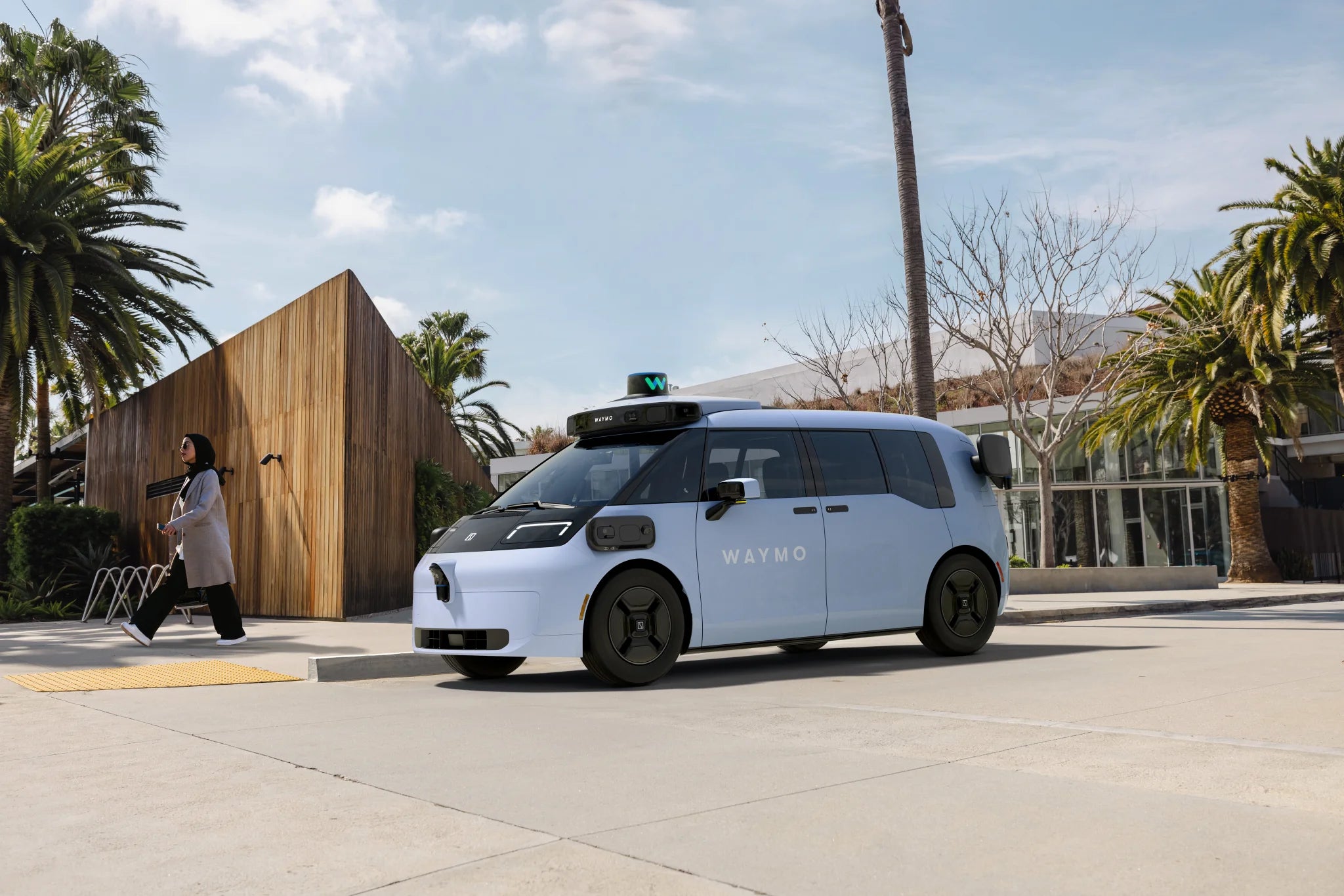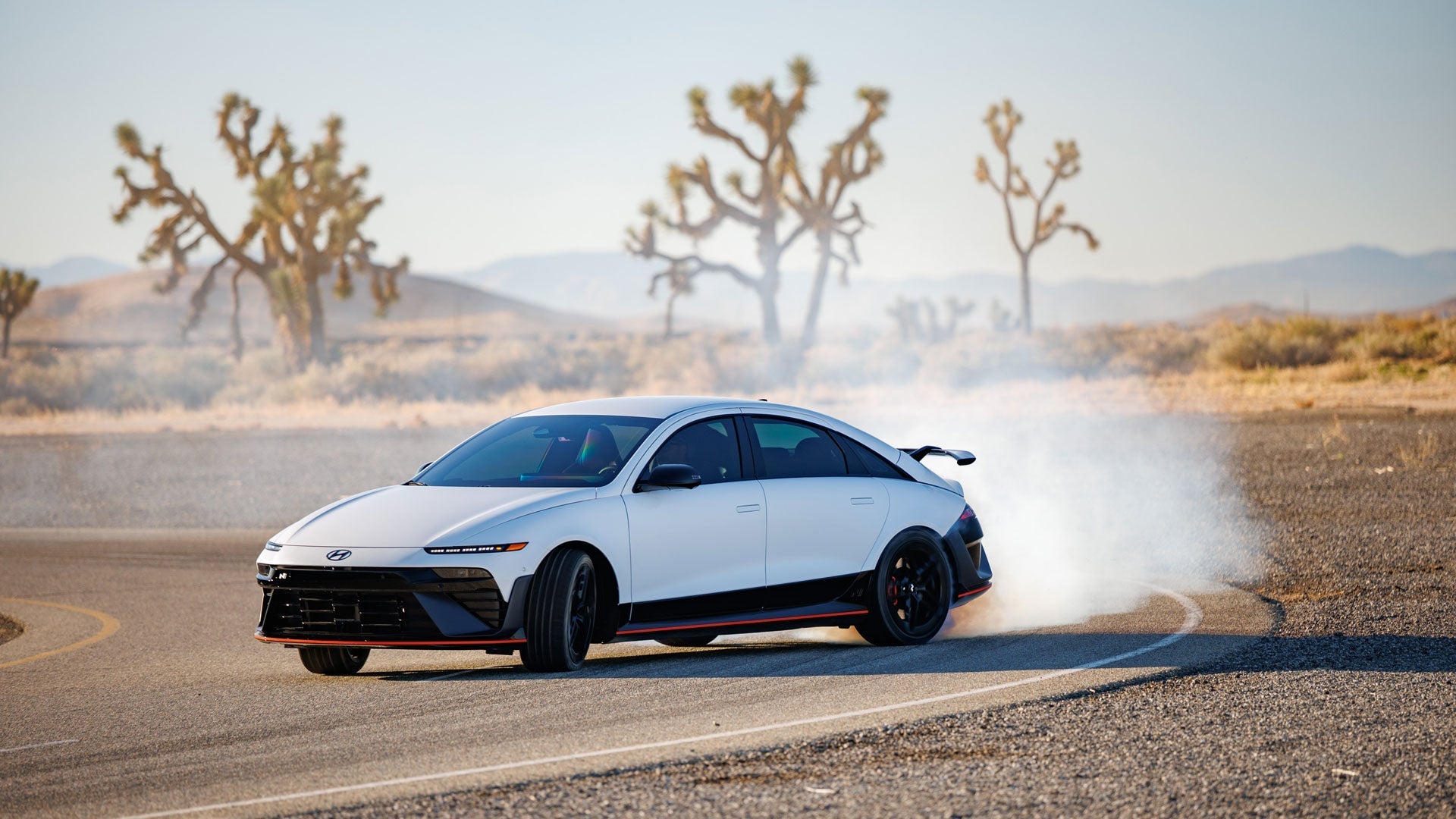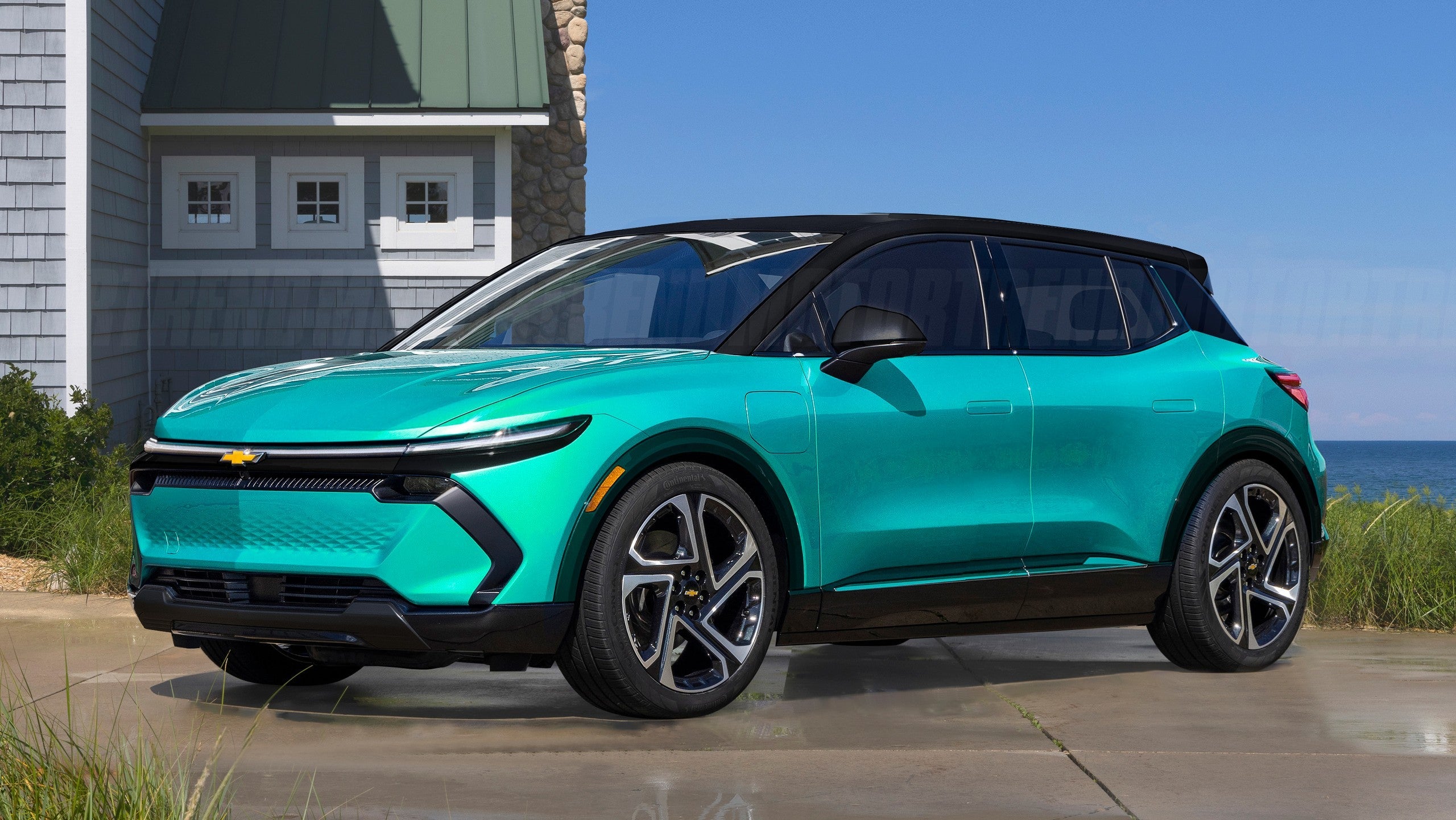Waymo’s Growing Footprint Across the U.S.
Waymo is accelerating its nationwide rollout. Already active in San Francisco, Los Angeles, Phoenix, Austin and Atlanta, the company is preparing to move into more major markets, including San Diego, where the service is expected to launch next year. This time, the city may not receive the familiar Jaguar I-Pace or Hyundai Ioniq 5 test vehicles. Instead, Waymo appears poised to deploy the purpose-designed Zeekr RT autonomous taxi, built specifically for ride-hailing.

A First Look at the Zeekr RT in Real-World Testing
I recently encountered a Zeekr RT at a local Electrify America station—only the second Waymo test car I’ve seen in San Diego. Like previous sightings, a human safety driver was behind the wheel, although the vehicles are capable of operating autonomously under supervision.
In person, the RT presents a more cohesive design compared with earlier retrofitted models. While the sensor hardware remains extensive, the integration is far cleaner than on the I-Pace. Purpose-built engineering clearly benefits both aesthetics and functionality, especially for a high-utilization taxi fleet.
The model showcased sliding rear doors, a practical touch that reduces the risk of conflicts with cyclists or adjacent traffic. Another notable feature was the vehicle’s CCS charging port, rather than the North American Charging Standard connector increasingly used across the industry.
Automated Sensor Cleaning: A Key Upgrade
One of the most impressive features was the RT’s fully automated sensor-cleaning sequence. Shortly after plugging into the charger—and with no occupants inside—the vehicle initiated a self-maintenance routine. Cameras and lidar units received timed sprays of washer fluid, followed by tiny onboard wipers clearing each sensor.
The RT carries three cameras, four lidar units, six radar modules and a microphone array, according to TechCrunch. Maintaining visibility across this suite is essential for reliable autonomy and requires a significant amount of cleaning infrastructure.
Preparing for Cold-Weather Markets
This automated cleaning system matters far beyond California. Waymo plans to debut service in Detroit next year—its first major market with regular snowfall. To prepare, the company has been testing in challenging winter environments, including Michigan’s Upper Peninsula and Buffalo, New York.
These regions have helped Waymo refine its Driver software to manage snow-covered roads, slush buildup, and poor visibility. Reliable sensor cleaning is critical, since even the most advanced AI is only as effective as the data its sensors can capture.

What to Expect for San Diego and Beyond
While San Diego sees little harsh weather, the Zeekr RT’s spacious cabin, sliding doors, and accessible rear seating make it well suited to urban taxi service. The light-blue exterior and modern profile give it a distinctive appearance compared with earlier test vehicles.
Waymo says San Diego service will begin next year, though a specific date has not been confirmed. Similarly, the company has announced plans for deployment in up to 20 cities, but has not detailed which markets will receive Zeekr RT units first.
What is clear is that Waymo’s shift to purpose-built robotaxis represents a major step forward in design, reliability and rider experience as the company transitions from pilot projects to broad commercial operation.
Recommend Reading: Waymo Expands Robotaxi Service to Highways in Three U.S. Cities







Share:
U.S. EV Makers Turn to LFP Batteries for Lower Costs and Wider Adoption
Hyundai Confirms the Ioniq 6 N for the U.S., But Only in Small Numbers